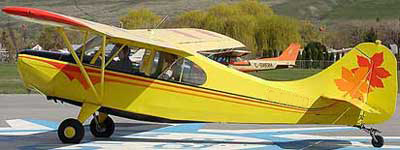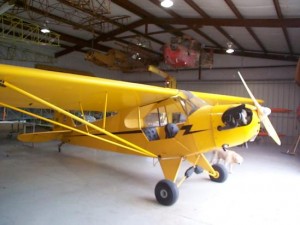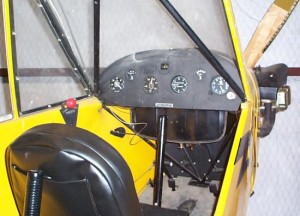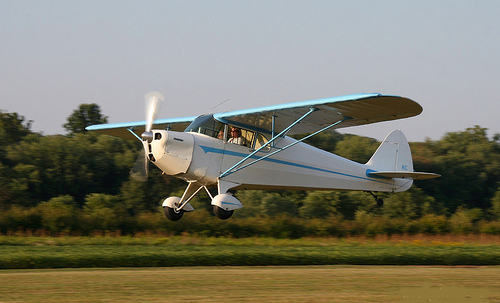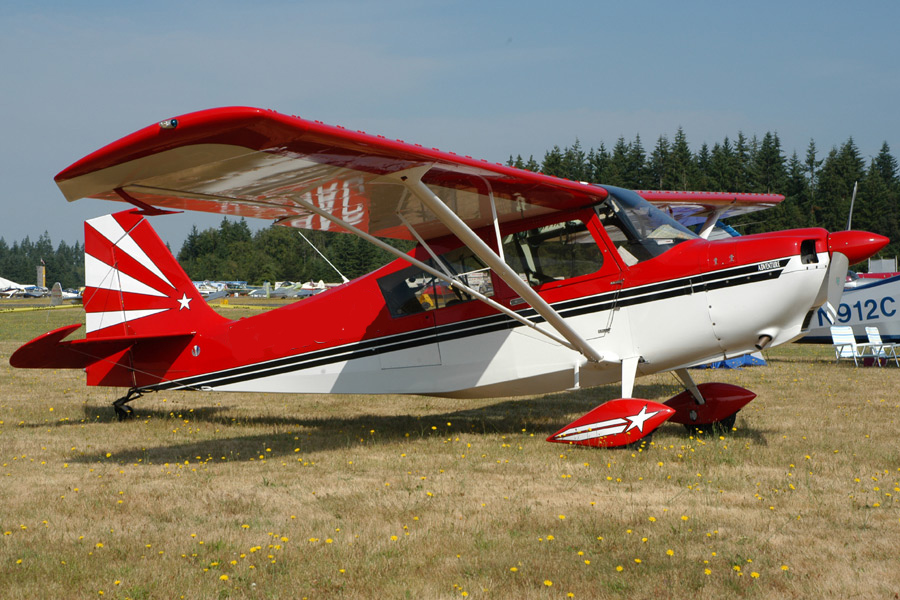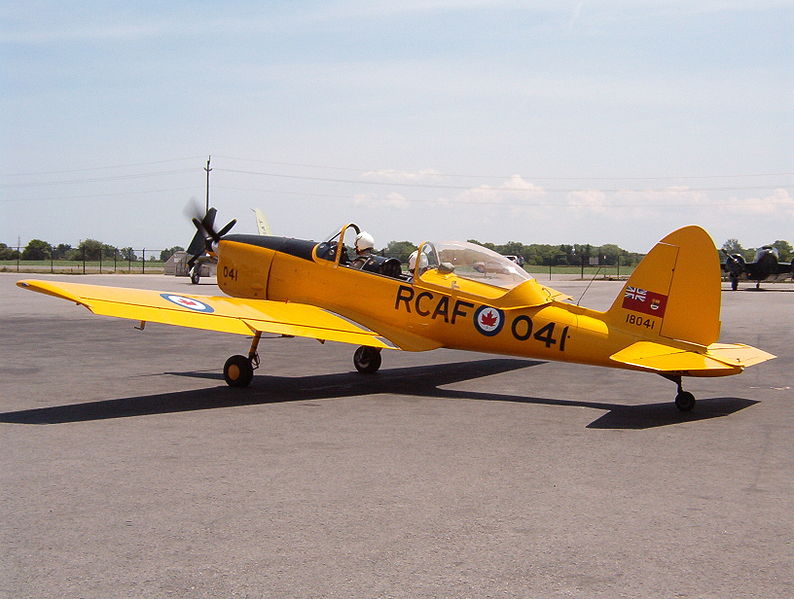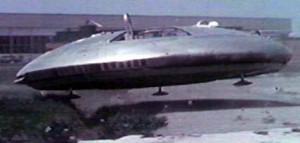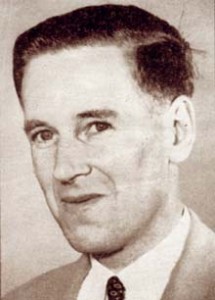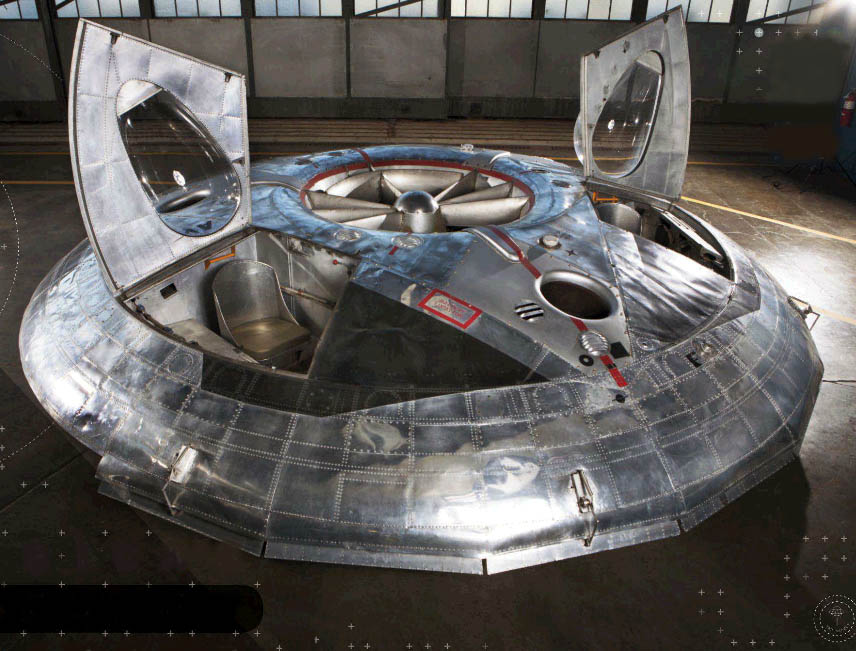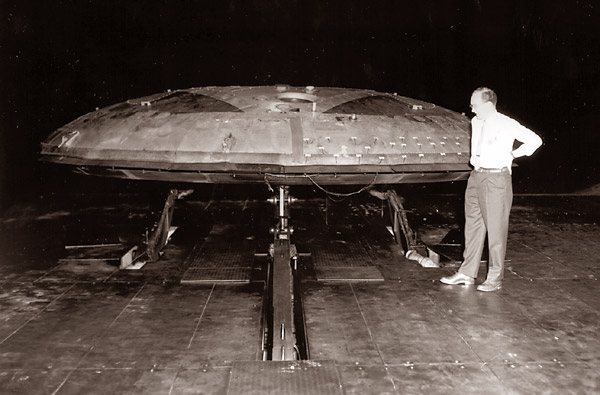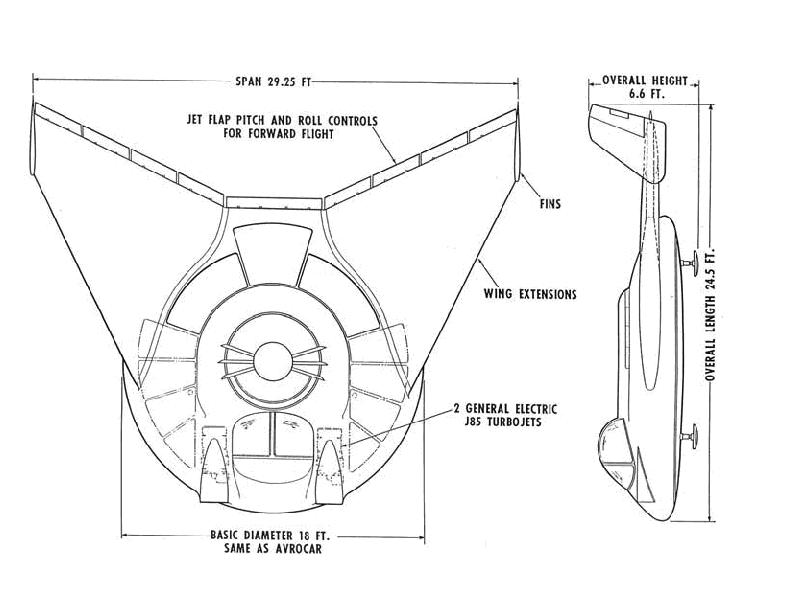What is it about contesting that challenges the amateur radio community?
Starting in a contest, sitting down in that radio chair and firing up the equipment is like starting an adventurous journey. You travel with the waves that cross the globe – along the ionospheric layers and through the aurora belts You are fighting with all kinds of natural and man made phenomena on the way. Reaching across continents and oceans with power that is comparable to an electric heater, desk lamp or even a flashlight is nothing short of magic.
DXing is like going after a trophy fish, you keep at it until you catch that elusive fish or DX country. Contesting is like a fishing tournament, you go fishing during a specified time period and try catch as many fish (or specific type of fish) during that time period or have contacts on the air instead. Ham radio contesting is a sport. Each contest has its own rules and personality. What they all have in common is a blend of strategy, skill and endurance. But what makes ham radio contesting so unique is that the “pros” play with the “contesting beginners” too. It’s the thrill; the challenge.
Contesting is no different than drag racing from one traffic light to another… except its legal and safer. Human nature is driven by competing. Not only with others but with one’s self. Ham communications is fairly docile, but in a contest, not only do you try to beat your peers, but you compete with your past scores. You alone retain the most satisfaction by beating past scores. And you get bragging rights when you gazump your peers. It’s the nourishment of the best in human nature!
The more who participate, the better the experience for everyone. It’s a great way to discover the true potential of your equipment and your own operating skills. Once the contest is under way we find out how our equipment is performing and how our skills help us battling in the landscape of the ionosphere. Our paths cross with our buddies from the contesting community from all parts of the globe, as well as newcomers and casual participants. We compete against the others and try to improve our scores from previous contests. And the bonus is that we may pick up a few new countries in the process.
Below are some excellent links to Contest Information and software, Compliments of AC6V’s fantastic website.
Amateur Radio Contesting Resources and Information
Forthcoming contests operations are included in the tables linked-to below. For operations in contests that have already taken place (1996+), use the menu provided under “Operations for Previous Contests“. For operations in the forthcoming smaller contests for which I don’t create dedicated tables and for operations that are not contest oriented, check the Announced DX Operations (ADXO) table.
Operations in Specific Forthcoming Contests
-
CQ WW DX Contest, RTTY (September 29-30, 2012)
 Sep22
Sep22
-
CQ WW DX Contest, SSB (October 27-28, 2012)
 Sep22
Sep22
-
CQ WW DX Contest, CW (November 24-25, 2012)
 Sep22
Sep22
-
ARRL DX Contest, SSB (March 2-3, 2013)
 Sep17
Sep17
- DX Operations in All Contests — NCJ Style (A mostly plain-ASCII, bare bones version of forthcoming contest operations designed for use by those who want to more easily copy/paste essential data into their own applications.)
- Operations for Previous Contests (Tables covering operations in contests that have already taken place going back to 1996)
- Search Contest Operations (Use the ADXO search facility to search for operations in contests, future, current, and past)
- NG3K DX Contest Activity Announcements (When you access this NCJWeb page, data are drawn in real-time from NG3K Contest activity pages and reformatted for presentation on the NCJWeb)
CONTEST CALENDARS
-
SM3CER Contest Service [Includes: Rules, Results, Web Pages]

- WA7BNM Contest Calendar
- WA7BNM Perpetual Contest Calendar
CONTEST WEB PAGES
These are Web pages specifically designed for and dedicated to a single contest. Typically, they include more than just an announcment or rule list for a single year (which can almost always be found in the better “Contest Calendars”). These pages may contain (or provide links to) such items as Contest: History; Records; Results; County Names/Abbreviations; Logging Programs, etc. Ideally, they’re a single “point-of entry” from which one can find “everything you ever wanted to know” about a particular contest and are well maintained and up-to-date. Kudos to the pioneers who have created and are maintaining these pages! I believe the Asia-Pacific Sprint offer excellent models for contest Web pages.
- All Asian DX Contest
- All MIE 33 Contest
- Anatolian RTTY WW Contest
-
Asia-Pacific Sprint (JE1JKL)

- Baltic Contest
- Canada Day Contest
- Canada Winter Contest
- CIS DX Contest
- Collegiate Championship (KA5WSS)
- CQ 160 Meter
- CQ World Wide DX Contest ==> [Results]
- CQ WPX
- CQ WPX RTTY
- Dutch PACC Contest
- Croatian CW Contest
- ES Open HF Championships (Estonian Radio Amateurs Union)
- EU Sprint Contest
- HA-DX Contest
- IARU HF World Championship (IARU)
- Japan International DX Contest (JIDX) (JE1CKA)
- LZ DX Contest (BFRA)
- Marconi Memorial Contest HF (IK6PTJ)
- North American QSO Party (NCJ)
- Oceania DX Contest
- OK/OM DX Contest (RadioAmatér)
- Ontario QSO Party (ODXA)
- RSGB Commonwealth Contest
- Russian DX Contest
- Scandinavian Activity Contest
- TOEC WW Grid Contest (SM3OSM)
- Stew Perry Topband Distance Challenge (K7RAT)
-
US State QSO Parties
- 7th Call Area QSO Party (7QP) (K7ZZZ)
- Alabama QSO Party (Alabama Contest Group)
- Arizona QSO Party
- California QSO Party (CQP) (K6XX, AE6Y, N6NZ)
- Colorado QSO Party
- Connecticut QSO Party
- Delaware QSO Party
- Florida QSO Party (Florida Contest Group)
- Georgia QSO Party (South East Contest Club)
- Hawaii QSO Party
- Indiana QSO Party (KJ9D)
-
Kansas QSO Party

- Michigan QSO Party
- Mid-Atlantic QSO Party
- Minnesota QSO Party
- Missouri QSO Party
- New England QSO Party
-
New Jersey QSO Party

- New Mexico QSO Party (N5ZGT)
- New York QSO Party (RDXA)
- Ohio QSO Party
- Oklahoma QSO Party
- Pennsylvania QSO Party
- Texas QSO Party
- Vermont QSO Party
- Virginia QSO Party
- Wisconsin QSO Party (West Allis Radio Amateur Club)
- Worked All Germany (DARC)
- WRTC-2002 (OH1NOA)
- W/VE Islands Contest (United States Islands Awards Program)
- Worked All Europe DX Contest (DL2DN)
- YO DX HF Contest
- YU DX Contest
CONTEST LOGGING SOFTWARE
- DOS/Windows
- Linux
-
Contest Simulator Software
- Morse Runner (VE3NEA)
OTHER CONTEST RESOURCES AND PAGES
- 2 Radio Contesting (N6TR)
- 10 Meter Contest Strategy (W2UP)
- 15 Meters (N2NT)
- 3830 Mailing List Archives
- [email protected] FAQ
- 3830 Score Submittal Forms
- ARRL Contest Branch
-
ARRL Contest Branch Weblog
Get the latest news and information about happenings at the ARRL Contest Branch; when results are posted, rules changes, when awards are sent out, and other relevant issues. Info provided by the ARRL Contest Manager. - ARRL Contest Update Newsletter [Current issue] Ward, N0AX, offers a useful source of timely information for both the active and casual contester. The Contest Update includes information about events during the following two-week period, time-sensitive news items, upcoming deadlines, technical features, and other news of interest to contesters.
- The Band Edge- How Close is Too Close? (WV2B)
- Big Guns (DJ7IK’s links to major contest station home pages)
- British Commonwealth Entities and Prefixes
- Cabrillo Standard Summary Sheet v3.0 [official ARRL section abbeviations — mandatory with Cabrillo format] (Courtesy of N5KO)
- Cabrillo Headers Templates for ARRL Sweepstakes
- Contest and DX Library (KA9FOX)
- Contest Hints by K1AR (via CWP – Sao Paulo CW Group)
- Contest Logging Programs (CT vs. Writelog) (W2UP)
- Contest Score Rumors (N2RMZ/KA9FOX)
-
Contesting Compendium
Embryonic Wiki contest information system (KM3T, K5TR, K5ZD, N5KO) - Contesting On-line
- Contesting Reflector
- CQ-Contest Reflector Archives
- CQ-Contest Reflector FAQ
- CT Country Files (AD1C)
- CU2QSO A QSO-soliciting beacon system for VHF/UHF contesting
- CW Sprinting – Beginners Guide (W4AN)
-
DX Skimmer
 Reverse beacon network (in Beta test) offers real-time spots from broadbanded receivers worldwide.Currently and recently online network nodes, N4ZR’s seminal article on skimmer technology (PDF), and info on CW Skimmer software. are viewable also. Hearty thanks go to VE3NEA, N4ZR, and PY1NB
Reverse beacon network (in Beta test) offers real-time spots from broadbanded receivers worldwide.Currently and recently online network nodes, N4ZR’s seminal article on skimmer technology (PDF), and info on CW Skimmer software. are viewable also. Hearty thanks go to VE3NEA, N4ZR, and PY1NB - IOTA Contest Reflector A mailing list dedicated to discussion of topics related to the IOTA (Islands on the Air) Contests; you may subscribe; registered members may visit the List home page
- Low Profile DX Contesting (K3ZV)
- Multi 2 Operation (N3RS)
- National Contest Journal (WA7BNM)
-
Russian Oblasts:
- Asian oblasts (AD1C)
- European oblasts (AD1C)
- PileUP! Newsletter (Contest Club Finland)
- RSGB HF Contesting Guide
- A Sleep Strategy for DX Contests (K5ZD)
- Single Operator – Assisted Operation (K3WW)
- SO2R Resources (K8ND)
- Sprint Survival Web Page (N6TR)
- UK Contesting Online
- UK Postal Districts for RSGB Contests (GM4FDM)
- Wires in Trees Tips, Techniques and Tribulations
- World HF Contest Station Database (N4ZR)
- World Contesting Bandplan (VK4EMM)
- WT4I Contest Tools

